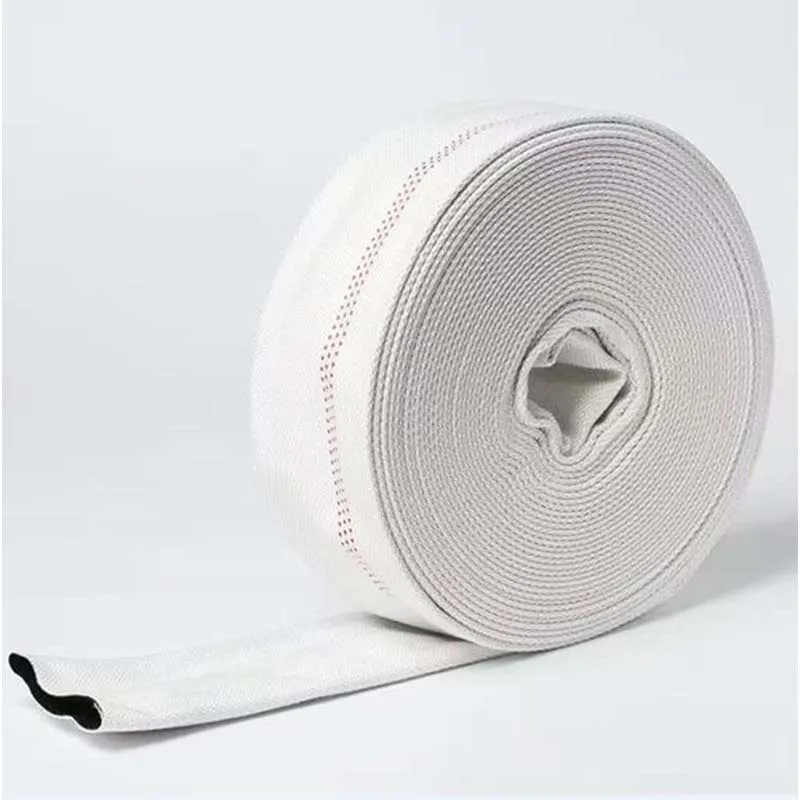Flexible flat hoses for various applications and efficient fluid transfer solutions
The Versatility and Importance of Flat Hoses in Modern Applications
In an era where efficiency and convenience are paramount, flat hoses have emerged as a vital tool in a myriad of applications. These lightweight, flexible hoses offer a range of functionalities that make them indispensable in industries such as agriculture, construction, firefighting, and landscaping. Understanding the features, benefits, and applications of flat hoses can help users select the right product for their needs.
What is a Flat Hose?
Flat hoses are flexible tubular structures designed to transport fluids, gases, or solids from one location to another. Unlike traditional round hoses, flat hoses can be collapsed and stored easily. They are typically made from durable materials such as PVC, polyurethane, or rubber, which allows for high resistance to abrasion, weathering, and chemicals. Their unique design enables them to expand when pressurized and retract when not in use, making them highly convenient for various applications.
Key Advantages of Flat Hoses
1. Space Efficiency One of the most significant advantages of flat hoses is their compact design. When not in use, they can be rolled up or folded flat, taking up minimal storage space. This is especially beneficial for users with limited storage options, such as in urban gardens or small construction sites.
2. Lightweight Compared to traditional hoses, flat hoses are exceptionally lightweight, making them easy to transport and handle. This feature is particularly advantageous for agricultural workers or landscapers who need to move hoses over large areas while minimizing fatigue.
3. Versatile Applications Flat hoses are incredibly versatile. They can be used for irrigation in agriculture, managing water flow in construction projects, supplying water to firefighting equipment, or for recreational purposes such as cleaning pools. Their adaptability makes them a favorite among different industries.
4. Easy Maintenance Flat hoses are generally easier to clean and maintain compared to their round counterparts. Their smooth surfaces reduce the likelihood of clogging, and their lightweight material makes them manageable for maintenance tasks.
flat hoses

5. Customizable Lengths Many manufacturers offer flat hoses in various lengths and diameters, allowing users to choose options that best fit their specific needs. This customization can be crucial for tasks that require long distances to be covered efficiently.
Common Applications
1. Agriculture In farming, flat hoses are frequently used for irrigation systems. They can deliver water directly to crops while minimizing evaporation loss, thereby improving water efficiency and crop yields.
2. Firefighting Fire departments often rely on flat hoses for emergency responses. Their lightweight construction allows firefighters to deploy them quickly, while their flexibility enables them to navigate through challenging terrains.
3. Construction On construction sites, flat hoses can transport water for mixing cement or cleaning equipment. Their durability ensures they withstand the rigors of heavy use.
4. Landscaping Gardeners use flat hoses for efficient watering and irrigation of plants. They can easily be moved and adjusted around flower beds and lawns, making them ideal for intricate landscaping designs.
Conclusion
Flat hoses are a quintessential example of how modern engineering can enhance everyday tasks across various sectors. Their lightweight and space-efficient design, coupled with their versatility and ease of maintenance, make them an excellent choice for many applications. As industries continue to evolve and adapt, the use of flat hoses will likely grow, proving their utility in addressing diverse challenges with practical and efficient solutions. Whether for agricultural irrigation, firefighting, or landscaping, flat hoses represent a simple yet effective tool that aids in improving operational efficiency and effectiveness.
-
Welded Wire Mesh Panel: Durable, Versatile, and AffordableNewsJul.28,2025
-
Top Quality Oxy Acetylene Hoses for Sale Fit for Welding DemandsNewsJul.28,2025
-
The Future of Pneumatic Air Tubes in IndustryNewsJul.28,2025
-
Superior and Reliable LPG Hose Pipe Solutions for Every NeedNewsJul.28,2025
-
Exceptionally Durable and Versatile Premium Braided PVC TubingNewsJul.28,2025
-
Best Adapters for Connecting Garden Hose to PVC Pipe ConnectionsNewsJul.28,2025














